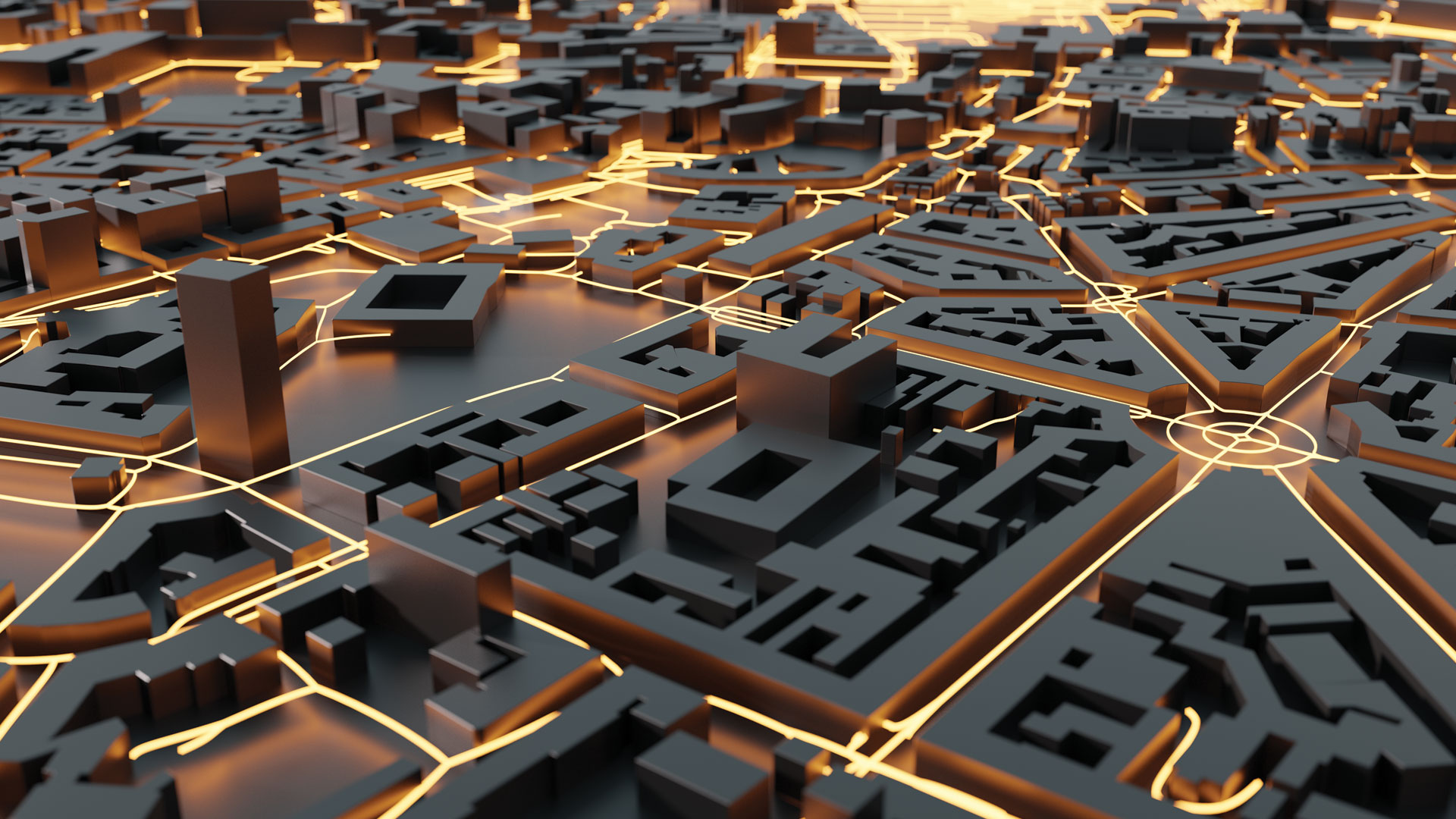
Linux Foundation creates open geospatial forum to develop smart city tools

The Linux Foundation, a non-profit consortium promoting innovations in open source ecosystem, has created a new forum that would use geospatial tools and machine learning technologies to solve the challenges faced by connected cities.
Called Urban Computing Foundation (UCF), the forum will provide a neutral platform to developers, data scientists, visualization specialists, and engineers to develop open source software which would improve mobility, safety, road infrastructure, traffic congestion, and energy consumption in the ‘cities of tomorrow’.
Some of the industry bigwigs which have already committed to lending their support to the effort include Uber, Facebook, Google, HERE Technologies, IBM, Interline Technologies, and StreetCred Labs. Several of these contributors also serve on UCF’s Technical Advisory Council – the governing body which will decide which projects to include on the forum.
The first project being hosted at UCF is Uber’s geospatial data visualization tool Kepler.gl. You may recall that Uber made this amazing visualization resource open source last year.
Uber’s Data Visualization Lead Travis Gorkin is positive that by generating insights about mobility and transportation trends, tools like Kepler.gl will help cities to make smarter, more data-driven planning decisions. “Technologies like Kepler.gl have the capacity to advance urban planning by helping policymakers and local governments gain critical insights and better understand data about their cities,” Travis points out.
By facilitating open access to tools and platforms for developers in both public and private organizations, UCF promises to bring together:
- Ubiquitous sensing technologies
- Advanced data management and analytics models
- Novel data visualization methods
- Spaciotemporal machine learning techniques
- City-wide simulation of urban systems
Stressing the importance of the development of open source tools and sensors, Jim Zemlin, executive director of the Linux Foundation, concludes, “During moments of both technology disruption and opportunity, open development is critical for enabling interoperability and speeding adoption. The Urban Computing Foundation is poised to provide the compatibility tools and resources for developers to create software that can map out and operate technology services in any given urban area.”







